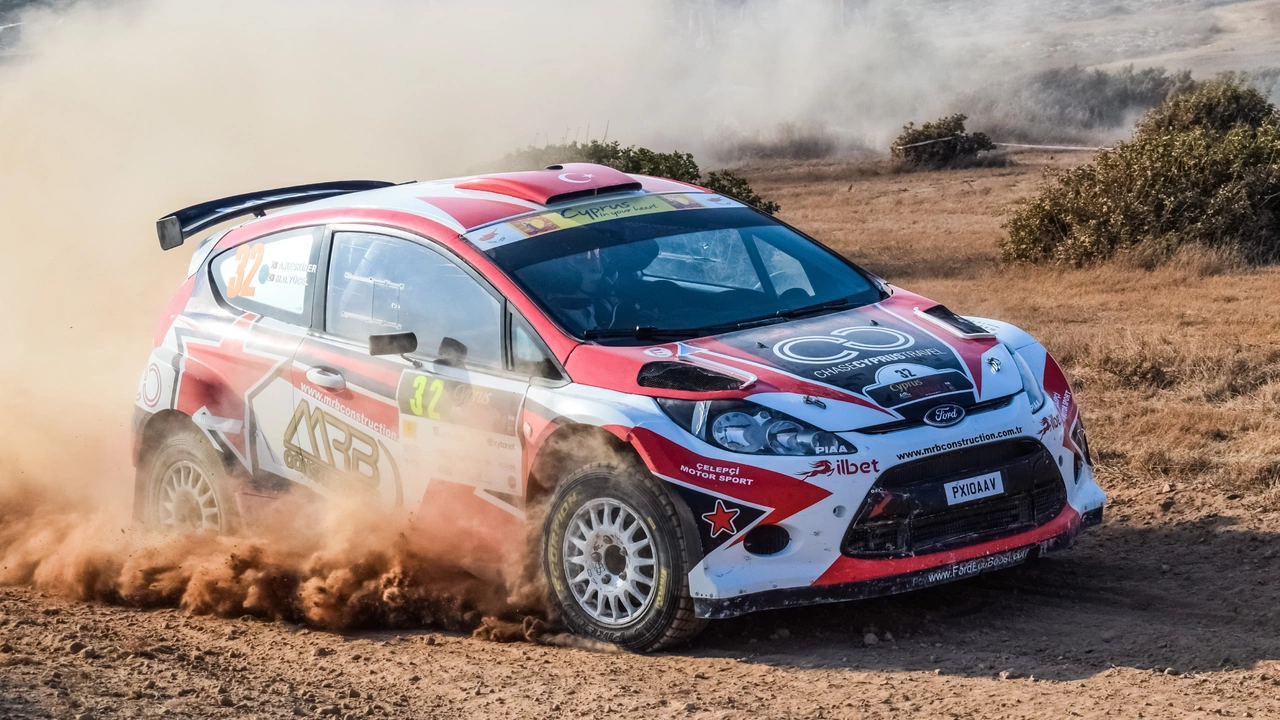Rally Car Speed in MPH: How Fast Do They Really Go?
When you hear “rally car” you picture a machine tearing across dirt and tarmac at breakneck speed. But the exact numbers vary a lot. In this guide we break down the typical mph you’ll see on the most common surfaces and why the numbers differ.
Typical MPH on Asphalt and Gravel
On smooth asphalt stages the best‑in‑class WRC cars can hit 100 mph (160 km/h) and sometimes push a little higher when the route is straight and the weather is dry. Gravel is trickier – the loose surface steals grip, so drivers usually stay around 70‑90 mph, but on fast gravel sections you’ll still spot 110 mph bursts.
What Affects the MPH?
Engine power is the obvious factor. Modern WRC cars pack about 380 hp, which is enough to launch them into the speeds mentioned above. But tyre choice, suspension setup, altitude, and even the co‑driver’s pace notes all shape the final number. A rainy stage can drop speeds by 20 mph because everyone needs extra control.
Weight also matters. Teams strip down the car to the minimum allowed by the rules, keeping it light enough to accelerate quickly yet heavy enough to stay planted on rough ground. Aerodynamics play a role on high‑speed sections – the rear wing and front splitter give extra downforce, letting the car stay stable at 100 mph or more.
Driver skill is the hidden engine. The best rally drivers know exactly where they can push and where they must back off. They read the road, listen to the pacenotes and modulate throttle and brakes to keep the car on the edge without losing control.
Let’s look at a real‑world example. At the 2022 Rally Finland, the “Finnish Grand Prix” of rallying, top drivers regularly hit 120 mph on the famous Ouninpohja stage, a fast gravel run with long jumps. In contrast, the 2023 Monte Carlo Rally, with icy mountain roads, saw top speeds hover around 65 mph because grip was scarce.
Safety regulations cap the maximum speed in some events. Organisers may restrict engine mapping or add weight ballast to bring down the top end, ensuring the stage stays within safe limits for crowds and crews.
If you’re watching a rally on TV or at the track, you can get a feel for the mph by listening to the engine note and looking at the speedometer overlay. The numbers blink quickly, but you’ll notice a pattern: straight sections = higher mph, tight hairpins = lower mph.
For aspiring drivers, the takeaway is simple – speed isn’t just about raw power. Mastering car control, reading the terrain, and trusting your co‑driver let you hit the highest safe mph for each stage.
So next time you wonder “how fast do rally cars go?”, remember the answer isn’t a single figure. It ranges from 60 mph on icy twists to over 120 mph on fast gravel, all shaped by car, crew, and conditions.
How fast do rally cars go in MPH?
In the thrilling world of rally racing, speed is king. Rally cars can typically reach speeds of up to 120-130 MPH on straight sections of the course, depending on the car and conditions. However, it's important to note, much of rally racing involves navigating tight turns and rough terrain, where precision and control often trump outright speed. So, while these vehicles may not match the top speeds of their track racing counterparts, the skill and agility required in rally racing make it an adrenaline-packed spectacle. After all, it's not just about how fast you go, but how well you can handle the ride.
Read More

